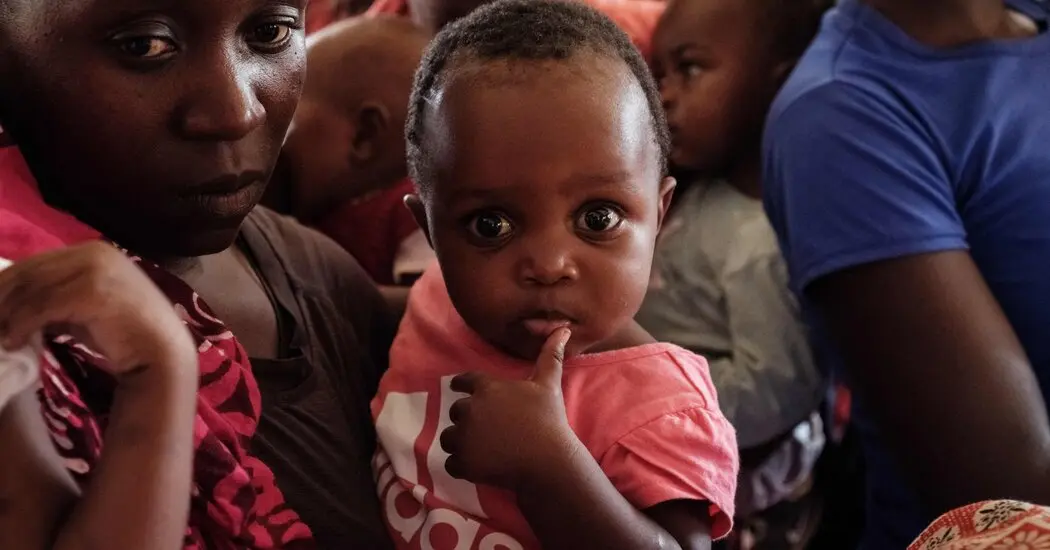Here’s a non-AI summary.
The Bill and Melinda Gates Foundation put up $200m to fund the vaccine in the 90s. Unfortunately, the vaccine wasn’t great, and there were other methods (like genetically altering the mosquitos) that were a better use of additional funds. The vaccine took a backseat for a while, until another company came in with a new vaccine. They went through all of the trials in 2015, but the factory they’d planned to produce in wasn’t able to meet the demand, and the vaccine itself required multiple year long boosters or it was near worthless. Again, the vaccine was shelved. Then, finally, an Indian company created one in December 2021 that worked well and could be quickly produced. 25 million doses were made and shipped in 2024.
The headline seems so dramatic, but this is all a bunch of good people doing good things and trying to help overcome a deadly disease.
This is the best summary I could come up with:
In 2015, the agency said the vaccine was safe (with some issues it wanted GSK to continue to study), and PATH began hunting for new financial partners to replace Gates.
If this small-chance issue turned out to be an actual problem, it could undermine African parents’ confidence in all childhood vaccines, with catastrophic consequences.
Gavi turned to MedAccess, an organization that provides funding to reduce the financial risk for private companies working on medical products for low-income nations.
and other agencies suggested it was because the company was keeping most of the adjuvant for more lucrative products such as its shingles vaccine, Shingrix, which sells for $350 per dose (compared with $10 for the malaria shot).
pilot study was worth the years it added — was it better to err on the side of caution, because the stakes were so high for children’s health, or to gamble, given the scale of malaria’s devastation?
Some of the lessons from the malaria experience have been applied to the tuberculosis vaccine, but it is made with the same GSK adjuvant and key questions about supply remain unresolved.
The original article contains 2,026 words, the summary contains 184 words. Saved 91%. I’m a bot and I’m open source!


